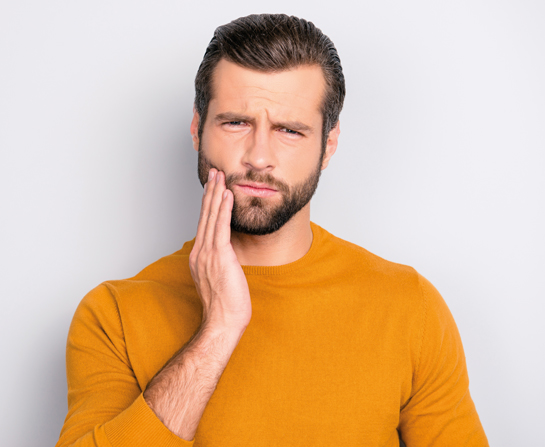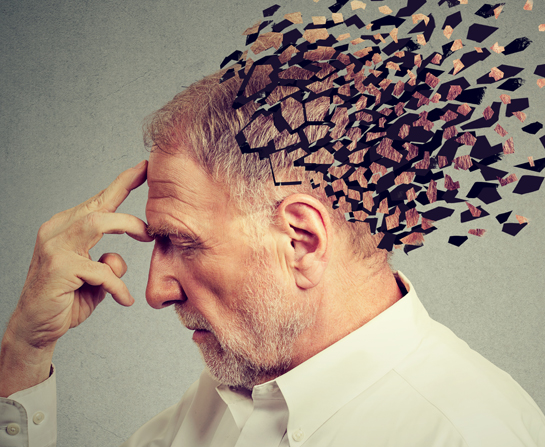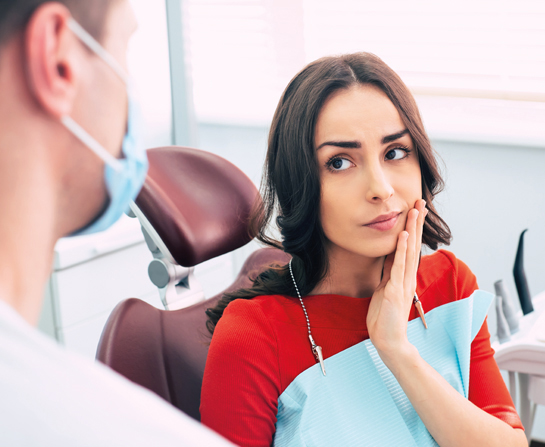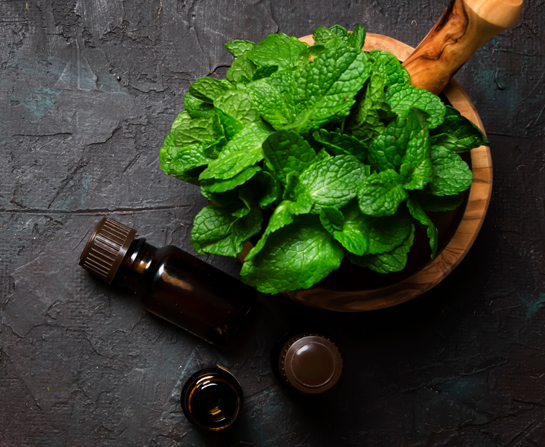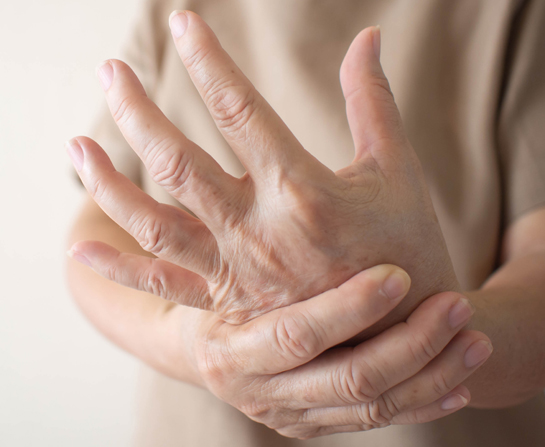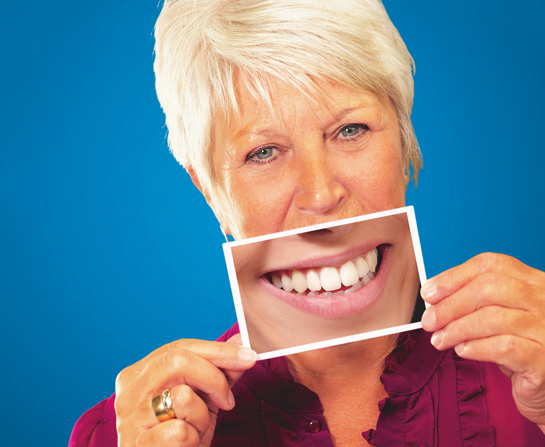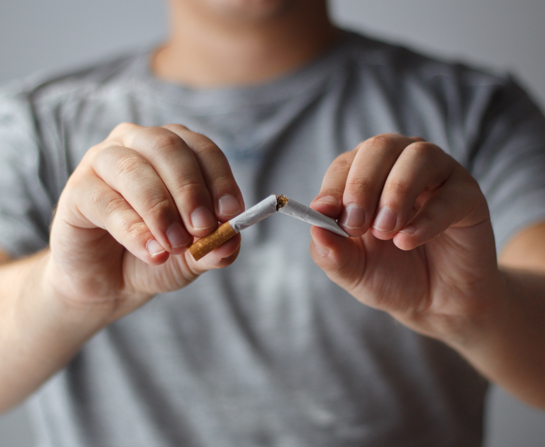WORDS RACHEL SOON
Like many couples, Shahreen Hazaline and Muhamad Shukor are a pair of complementary opposites; one bubbling over with energy and laughter, the other calmer and more soft-spoken. Yet both share similarly warm smiles when they look at each other. It’s hard to imagine that just over 3 years ago, in the middle of Shahreen’s fourth pregnancy, they found themselves facing her diagnosis of stage 3 breast cancer. For this HealthToday issue, they share their story of a road travelled together.
NOVEMBER 2014: SUSPICION
It was in the 12th week of her pregnancy when Shahreen noticed the lump in her breast that wouldn’t disappear.
“I could feel something inside, like biji-biji (seeds).” She waves a hand over her chest as she recalls. “When people breastfeed, they sometimes get lumps because of mastitis or [blocked] ducts. But those usually go away if you rub repeatedly at them. This didn’t.”
What she found doubly strange was that she wasn’t even breastfeeding anymore by then; her third child had been weaned some weeks ago. Curious, she brought the matter up to her gynaecologist on her next routine check-up. Examining Shahreen, she scheduled an ultrasound that same day.
The lump appeared to be a liquid-filled cyst. Uneasy with the results, the gynaecologist referred her to a breast surgeon, who did a biopsy.
“The surgeon didn’t say ‘cancer’, just ‘something’s wrong’. But I already started to cry a lot. I cried as we walked by people in the hospital, like someone had passed away.” Shahreen mimics a dramatic wail, then laughs. “It was bad enough before with the hormone imbalance from pregnancy. My gynae referred me to a counsellor; I think she was alarmed at how upset I was.”
The surgeon recommended an operation to remove the lump when the baby was 16 weeks old and fully formed, to reduce any risks from anaesthesia. Alternately, they could wait until after the pregnancy, but there was a high risk the cancer—if it really was cancer—would progress rapidly in that time, especially due to Shahreen’s increased oestrogen levels.
Shahreen left the final decision to Shukor. His heart fell.
“I had to make a decision for two lives,” he tells me. “How could I let go of either one?”
In the end, they chose to go ahead with it. They felt that knowing the truth was better than uncertainty. And there was no ignoring the lump itself.
DECEMBER 2014: CONFIRMATION
A month later, they operated. The results indicated stage 2 breast cancer.
Shahreen was advised to start chemotherapy as soon as possible. Her doctors assured the couple that the baby would not be affected, as the drugs would not cross the placental barrier.
It was still frightening. They had never bothered to learn much about the disease. After all, she checked none of the usual boxes of risk factors: she had no family history, she was under 40 years old, she had breastfed all her children, she didn’t smoke or eat much junk food.
December was supposed to be their long-awaited umrah pilgrimage. But treatment couldn’t be postponed, the oncologist said, as the cancer could go far in 2 weeks. Neither could she start treatment before the trip; her immune system would be so weak that the crowds at Mecca would put her at risk of infections.
Instead of boarding a plane, Shahreen found herself entering the hospital’s cancer centre, where she saw a patient being wheeled out from a chemotherapy session. Right before her eyes, the woman abruptly vomited in the hallway. She wondered if that would be her eventually, too.
How did this happen? In her mind, thoughts overcrowded. Day and night, she couldn’t stop crying. Cancer is a taboo in Malaysia. How will people react to the news? What have I done wrong? Was it a sentence by God, a kind of retribution for something I’ve done?
In fact, just 2 weeks before, Shahreen had resigned from her job in the government and joined her husband to work as an independent unit trust agent. She wondered if other people would point fingers at things like that, saying she had brought the cancer on herself. Maybe it was sceptical of her, she says, but it was a real fear.
She asked Shukor to keep her diagnosis a secret. Only their respective parents and Shukor’s older brother were informed, and Shukor always obtained her consent first before telling anyone new.
At one point, she tried sending an email to the National Cancer Council Malaysia (MAKNA), the only cancer society she knew then.
“I told them about my diagnosis. They replied and asked for my phone number; they wanted to advise me.” Shahreen smiles. “But I backed off, because I was afraid.”

JANUARY–FEBRUARY 2015: STRUGGLE
Shukor did his best to support his wife in her isolation. She was scheduled for six cycles of chemotherapy up to April, each lasting 3 weeks.
“It was a very stressful time for her,” he tells me. “So I took her to the hospital whenever she wanted to go, stayed with her when she was admitted to the ward. I let go of a lot of other things to spend more time with her.”
It helped that their self-employment allowed some flexibility. Nevertheless, finances were a struggle. No longer eligible for a government employee’s medical coverage, Shahreen had a private medical card, but with how recently it had been obtained, she and Shukor would still need to pay for the first few hefty bills out of pocket first.
But there was little choice. She was pregnant and needed treatment as soon as possible.
“We had to tighten our belts. It definitely affected the time I had for the business. But if I was working under a company, I wouldn’t have been able to take so much leave.” Shukor’s smile is soft as he looks at his wife. “Because I was working independently, I could take care of her more.”
Was it frustrating for him at any point to be a caregiver? Shukor shakes his head.
“It was more a sadness. Everybody who has a life partner, a spouse … they already have things planned for their lives, right?” He takes her hand. “So when something like this happens, those dreams—you just keep them aside to deal with whatever is happening to her, right now.”
MARCH 2015: COMING TO TERMS
Things changed for Shahreen when she met another cancer survivor for the first time.
Her counsellor had advised her to come for a patient support group meeting at the hospital. But being afraid, she made up her mind to arrive late, hoping it would have finished without her and she wouldn’t have to actually talk to anyone.
“But when I arrived, as it turned out, the meeting had been cancelled.” She laughs. “The counsellor was like—’what a pity, she’s come all this way’ and tried to find something else for me.”
Coincidentally, there was an ongoing art exhibition in the hospital by Elaine Therese Lim, a painter who had survived ovarian cancer. The counsellor introduced Shahreen to her and left them to talk.
“So we chit-chatted … and I told her all the things I was feeling. And she said to me: the fact you got this disease isn’t because God wants to punish you, or that you’ve made a mistake. None of that. If God wants to give it, anyone can have it. There’s no need to think so hard on the reasons.”
It was like a weight lifted from Shahreen’s shoulders.
“After meeting her and being comforted by her, I felt really good. It was the first time I’d met a cancer survivor. And I started to accept the fact that … okay, I’ve got this. Fine. So get through it.”
A few days after that encounter, Shahreen opened her Facebook page and posted, for the first time, a status update acknowledging she had cancer. Dated 15th March 2015, it begins with: “God always has a better plan.”
“To my surprise, there was no negative feedback,” she says. “All of my friends just gave encouragement and support.”
It emboldened her and removed her doubts. In subsequent posts, she wrote all the details down: about her disease, about the chemotherapy she was going through, about the ‘chemo baby’ she carried.
“After meeting Elaine Therese, I thought: why not share these things?” Shahreen smiles. “I thought it might help someone out there who needed—not the medical details, but the knowledge that it can be done, even during a pregnancy. Maybe one of the reasons God gave me the cancer was so I could do that.”

APRIL 2015: DELIVERY
At the end of April, Shahreen’s fourth child, Zhafran, arrived with no complications. To her relief, she was able to give birth to him naturally as she had her other three children; as her gynaecologist had promised, the chemotherapy had no effect on that.
She shows me a phone photo of a healthy, chubby-cheeked young boy sitting in front of a plate of cake.
“Alhamdullilah, he’s okay. He turned 4 on 28th April this year.” She beams as she swipes through more photos of her son’s birthday celebration. “In fact, when I gave birth to him, he was around 3.85 kg! That’s normal for our family. My eldest was around 3.95 kg.”
Unlike most pregnant women, Shahreen’s overall weight had remained unchanged for months until her delivery date. Her body had been shrinking while her son’s had been growing.
Two weeks after Zhafran’s birth, Shahreen left him in the care of a friend while she underwent a positron emission tomography (PET) scan and a second operation on her lymph nodes. Due to the involvement of radioactive particles, she wasn’t allowed to be near her son for some days.
After the operation, based on the number of affected lymph nodes and the size of her tumours, the doctors modified her diagnosis to stage 3 breast cancer, which initially shocked her. Hadn’t she been doing chemotherapy all this time? But it was explained that the initial diagnosis had been incomplete as they couldn’t assess more than the breast lumps while she was pregnant.
Furthermore, many cancer cells in the lymph nodes were dead, which meant the chemo was working. Shahreen would still have to go through another four cycles of chemotherapy on a different medication, with an additional month of radiotherapy, but there was hope.
To her disappointment, unlike with her previous three children, this meant she would not be able to breastfeed her newborn son for his first year. Patients undergoing chemotherapy were generally recommended to wait until 6 months after their final cycle to prevent health risks to the child.
“Even with a pill to suppress the milk, it would just come out, and I would have to let it be.” Shahreen pauses, for once without a smile. “You have to understand … I breastfed my first three children until all of them were 3. When it’s something so natural to you, to have to just wipe or throw it all away … it felt very sad.”
MAY 2015, AND ONWARDS: LIFE GOES ON
When I ask if they had childcare issues, the couple exchange looks and laugh.
“He can cook very well!” Shahreen says proudly. Shukor is more self-deprecating and explains that they had a hired helper to take care of the children. Though yes, he did cook as well.
With her eldest being 8 at the time, the couple aren’t sure the children understood what their mother’s illness meant, even with her weight loss, her falling hair and eventually (with Shukor’s help) her shaved scalp.
“We explained to them that mum was ill. But for them, ‘being ill’ normally meant having a fever for a little while and then getting better, right?” Shukor says. “Something like cancer, that goes on for months … it was a bit harder to understand, I think.”
Shahreen thinks that the sense of normalcy was also helped by the fact that she never had to stay at the hospital for more than 2-3 days at a time, even during her initial cycles. By the third cycle, she was asking the oncologist about going back to work, and got the green light based on her blood count and her physical condition.
“I was bored staying at home and not going anywhere. So I would do chemo, and after 2-3 days I would just go out and work. The children didn’t seem to notice a difference.” Shahreen raises an eyebrow. “Is that a good or a bad thing?”
One of the things Shukor also had to handle was a barrage of well-intended recommendations for alternative treatments from others. He tried to filter through them with the help of Shahreen’s doctors and friends of his own who had medical backgrounds.
One of them, who had done research in the field of alternative medicine, explained to the couple that clinical research was a multi-stage process, and some products labelled as ‘clinically researched’ might have only been tested in animals.
“After learning more about it, I thought it’s better to follow what the doctors said.” Shukor smiles. “Especially because she was pregnant, I didn’t want to take the risk on whether the hospital’s medicines and alternative ones would complement or fight each other.”

DECEMBER 2015: REMISSION
Thirteen months after her diagnosis, the doctors declared Shahreen no longer needed treatment. She was to come in for a follow up every 6 months; in 2018, the oncologist changed it to once a year.
Even though it’s been more than 3 years, they still feel the difference in their lives.
“When you’re healthy,” Shukor says, “you feel like you’re going to live till 60 or 70 years old. But when something happens, you feel like your life will be shorter … everything we planned for the long term needed to be adjusted.”
“Before this, we used to think: okay, we have a lot of time, we can do whatever whenever, next year, or the year after,” Shahreen adds. “Like—when I was in secondary school, I was a hiker. But after getting married, I just stopped, thinking that’s something from the school days, no time for that now.”
In 2017, Shahreen hiked up Mount Kinabalu with a group of fellow survivors. It was one of over 10 mountains and hills she tackled that year. She also launched herself into things she had never considered doing before, like dragon boat racing and bowling with others from the Breast Cancer Welfare Association (BCWA).
“At university, I used to work part-time at a bowling alley. We had free games, but I never played, always thinking ‘oh no, what if my ball goes in the drain and people laugh at me?’” Shahreen grins. “But now I’m more open to whatever happens. ‘Just do it!’ Us survivors, we feel like we have a second chance. There’s so many more things we want to try.”
I ask if the two of them have advice for those starting their own cancer journeys, or with loved ones doing so.
“Don’t wait,” they both say.
Shahreen tells me about stories from her support groups; people would delay their treatment, looking for alternatives, only to come back when the cancer had progressed even further. It was ironic, she says, that people were willing to entrust hospitals with a credible diagnosis of their condition, but not with credible treatment.
To friends and family of patients, the couple also advises that they not add too much stress to the patient, and instead try to find means of emotional support.
“When someone has cancer, they’re already weighed down by heavy thoughts,” says Shukor. “Things like how easily the cancer can spread, or when they’re going to die.”
“The easiest thing you can do is to find them a support group, whether on Facebook or elsewhere. Those groups have survivors, even doctors,” Shahreen adds. “A patient can sometimes be afraid of taking that step. Help take them there.”
“Also? Don’t Google everything.” They laugh together. HT
If you like this article, do subscribe here.


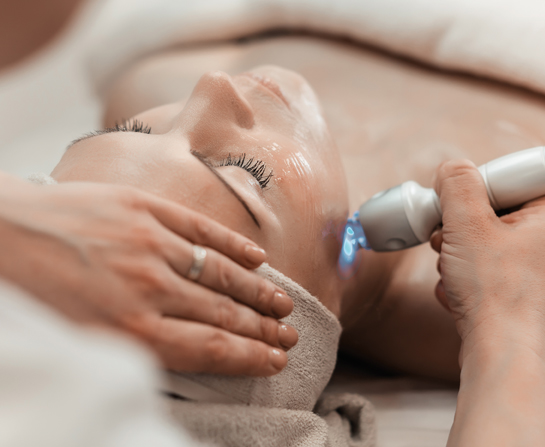

.jpg)





